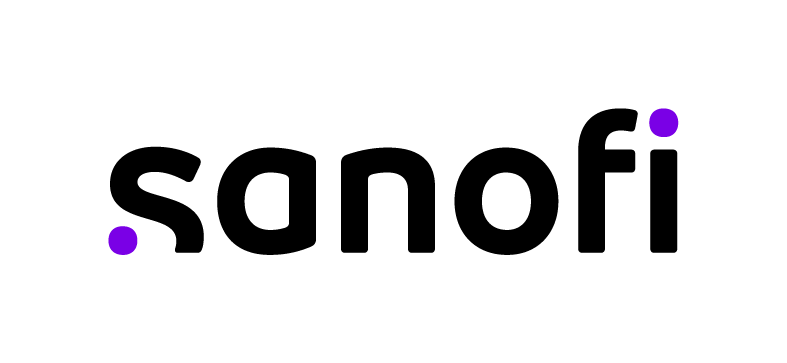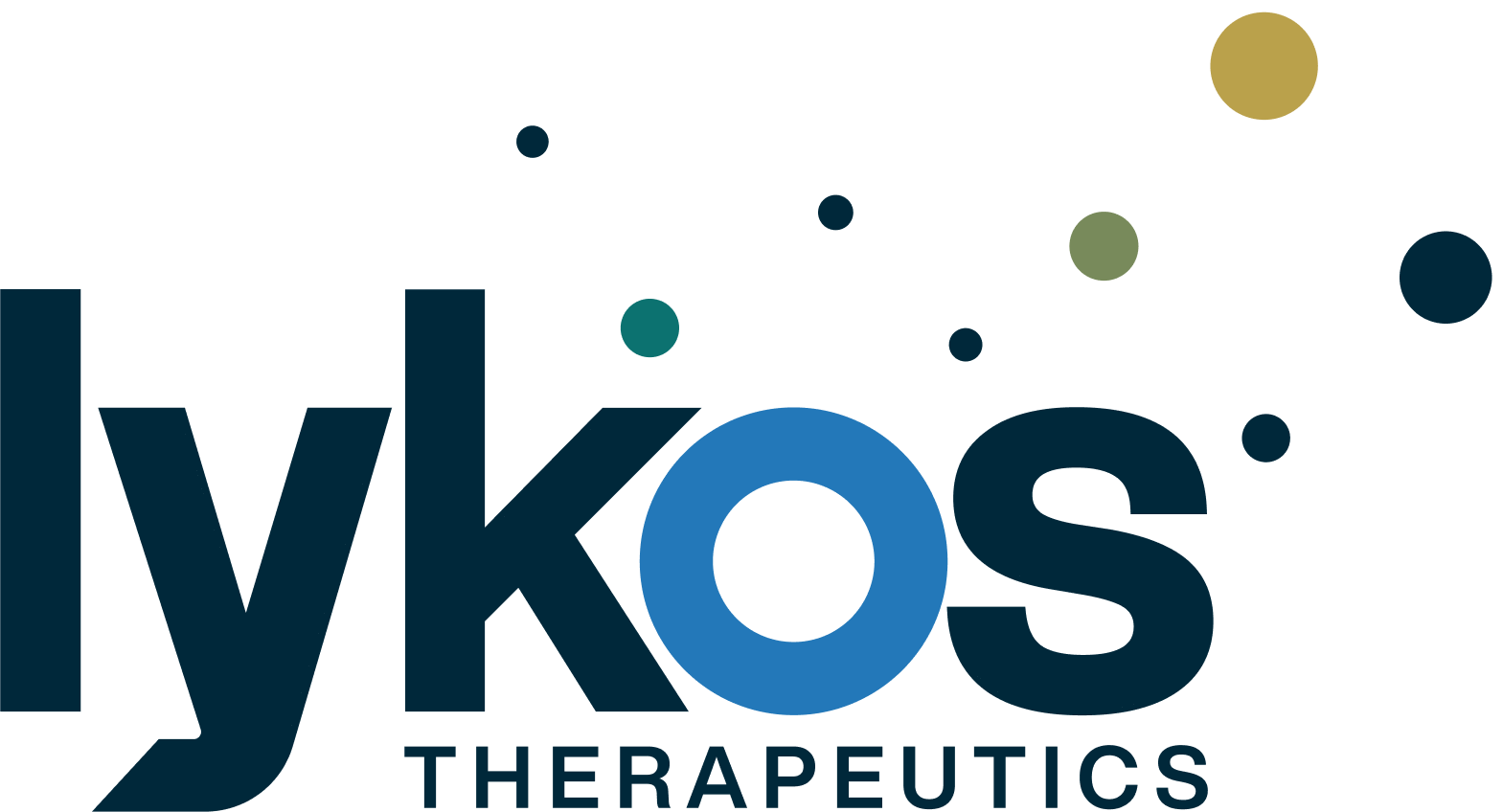By Linda Chang, Talent Resource Manager at Green Room Communications

Job searching is hard. Add a pandemic on top of it and forget it … the act itself feels like you are climbing up an escalator that is moving in the opposite direction. It is a tough job market. Companies are closing their doors with many more on the brink of closing. But as I write this, there is hope. With vaccine programs rolling out, we are taking steps globally to get back to where we once were.
As a talent resource manager, I spend a lot of time scanning resumes and talking to candidates. I see my role as a matchmaker – connecting experience with opportunity. Even though interviews are now conducted on Zoom, the essence of interviewing has not changed. Hiring managers want to get to know you and give you an opportunity to get to know the company. Below are some tips that have helped job seekers successfully stand out to me:
- Start by updating your LinkedIn profile and include a photo. If you know who the hiring manager is, you can also reach out via LinkedIn.
- Perhaps most important right now, is to get comfortable with Zoom! Without the ability to meet face-to-face, there is more emphasis to make sure your personality makes it across the screen.
- Prepare an elevator speech in anticipation of the ever-popular statement, “Tell me about yourself.”
- Review the job requirements and look for parallels. Be prepared to tout your skills and experience as it relates to the job. Keep it short and sweet.
- Research the company. Understand the company’s mission, values, and services.
- Be curious and ask questions. You are interviewing the company, too! Your questions will provide insight into your thought process and can be a segue into how you can add value.
- Send a follow-up thank you note or email.
- If the process moves slowly, periodically check in so that you stay top of mind. Things can change in an instant and showing proactivity and continued interest says a lot about you.
This is all basic advice, but when you are not interviewing on a consistent basis, it is easy to forget these things!
If you are in a lull and are having a hard time finding a job, make the most of the time you have right now and be productive with it. Employers want to see initiative and drive. Spruce up your resume to make sure it is easy to read and highlights your relevant experience. Continue to apply for jobs. Consider freelancing – often times these opportunities can lead to full time jobs. Obtain additional training and certifications. Network and volunteer your talents.
Most importantly, keep showing up. Keep putting one foot in front of the other and continue to climb your way up the downward escalator. With time, patience, and perseverance, you will make it up to the top.
If you or someone you know is interested in learning about current opportunities at Green Room, please reach out to me at Linda@greenroompr.com!

 The tone one takes at a time of crisis is critical, and with the now-instantaneous news cycle that tone needs to be agile. For corporate leaders, there is a time to listen and a time to get involved in conversations – and it is a fine art to know when to act.
The tone one takes at a time of crisis is critical, and with the now-instantaneous news cycle that tone needs to be agile. For corporate leaders, there is a time to listen and a time to get involved in conversations – and it is a fine art to know when to act. As a former TV journalist, open space is like going home. Newsrooms have embraced the open space model for decades, and as Green Room officially moves into our new office space, we join newsrooms, as well as trendsetters like Google and Facebook, with an open space floor plan.
As a former TV journalist, open space is like going home. Newsrooms have embraced the open space model for decades, and as Green Room officially moves into our new office space, we join newsrooms, as well as trendsetters like Google and Facebook, with an open space floor plan. In the newsroom environment, open office space cultivates camaraderie and teamwork among colleagues simply because constant exchange is welcome and encouraged. Everyone shares, contributes and gives input. People get first-hand and frequent exposure to different work styles and how colleagues approach tasks. Problem solving can be more efficient when it’s informal, and people just work better together when physical barriers are removed. There’s a greater sense of community and less hierarchy.
In the newsroom environment, open office space cultivates camaraderie and teamwork among colleagues simply because constant exchange is welcome and encouraged. Everyone shares, contributes and gives input. People get first-hand and frequent exposure to different work styles and how colleagues approach tasks. Problem solving can be more efficient when it’s informal, and people just work better together when physical barriers are removed. There’s a greater sense of community and less hierarchy. By Deborah Fowler, Managing Partner, Green Room Communications
By Deborah Fowler, Managing Partner, Green Room Communications

















